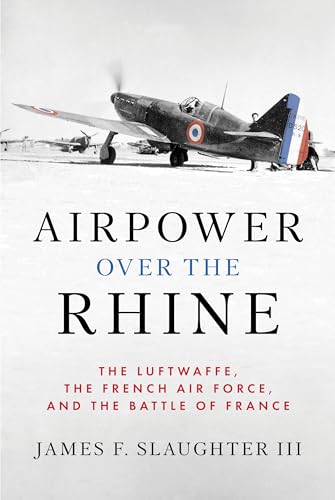
The Luftwaffe in World War II
by Richard L. Blanco
"The Rise and Decline of the German Air Force"
Popularity
0.56 / 5
* A book's popularity is determined by how it compares to all other books on this website.
Where to buy?
Buy from Amazon* If you buy this book through the link above, we may receive a small commission at no extra cost to you.
The Luftwaffe in World War II by Richard L. Blanco
Details
War:
World War II
Perspective:
Fighter Jets
Military Unit:
Luftwaffe
True Story:
Yes
Biography:
No
Region:
Europe
Page Count:
226
Published Date:
1987
ISBN13:
9780671502324
Description
Brief Summary
The Luftwaffe in World War II by Richard L. Blanco delves into the evolution and operational history of the German air force during a crucial period in modern warfare. The book meticulously chronicles the inception of the Luftwaffe under the command of Hermann Goering, its strategic involvements throughout the Second World War, and the eventual decline and disintegration by the conflict's end. Blanco has crafted a detailed narrative that highlights the significance of aviation technology, the complexities of military strategy, and the pivotal role the Luftwaffe played in Germany's wartime efforts.
Main Themes and Topics
The book provides an in-depth exploration of several key themes that shaped the Luftwaffe's trajectory during World War II. One prominent theme is the technological and logistical development of the German air force under Nazi influence. The author examines how advances in airplane design and innovations in warfare strategy contributed to both the successes and challenges faced by the Luftwaffe.
Another important topic discussed is the operational strategies employed by the Luftwaffe throughout various phases of the war. From early victories in the Polish and Western campaigns to the daunting challenges faced during the Battle of Britain and on the Eastern Front, the book outlines the tactical decisions and pivotal moments that impacted the course of air operations.
Blanco also addresses the political and military leadership dynamics within the Luftwaffe, particularly focusing on Hermann Goering's role and influence. The interaction between leadership decisions and operational effectiveness forms a crucial part of the narrative, offering insight into the internal and external pressures faced by the organization.
Writing Style and Tone
Richard L. Blanco employs a scholarly and analytical writing style in The Luftwaffe in World War II. The tone is objective and informative, with a strong emphasis on factual accuracy and historical context. Blanco's expertise in military history is evident in his detailed explanations and the thorough research underpinning the narrative. His use of specific examples and case studies enhances the reader's understanding of the complexities involved in air warfare and policy decisions.
Criticism
Some readers may find that the extensive technical details and focus on operational specifics demand a higher level of interest in military history and aviation technology. The depth of analysis, while enriching for enthusiasts and scholars, might pose a challenge for those seeking a more general overview of World War II air combat.
Additionally, the book's emphasis on the Luftwaffe's decline might seem somewhat disproportionate to its discussion of earlier successes, potentially leaving readers wanting a more balanced narrative throughout all phases of the war.









